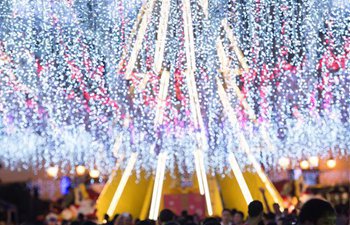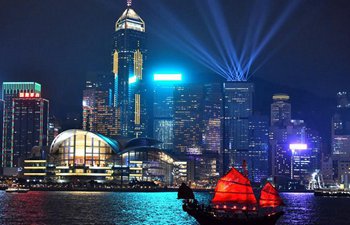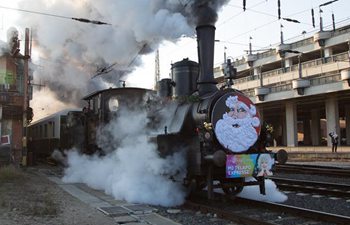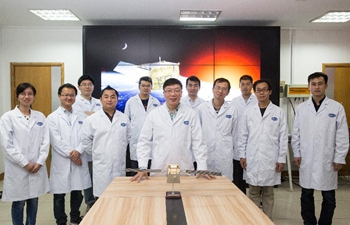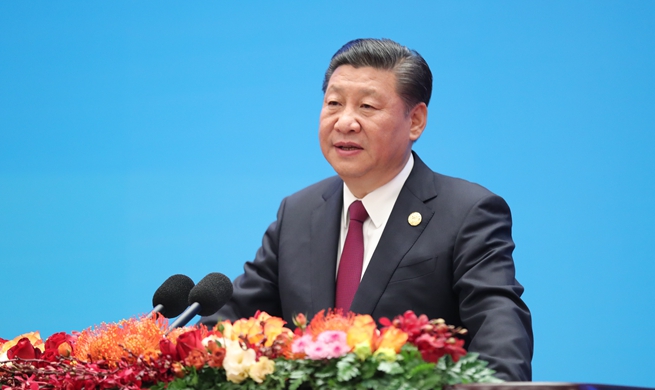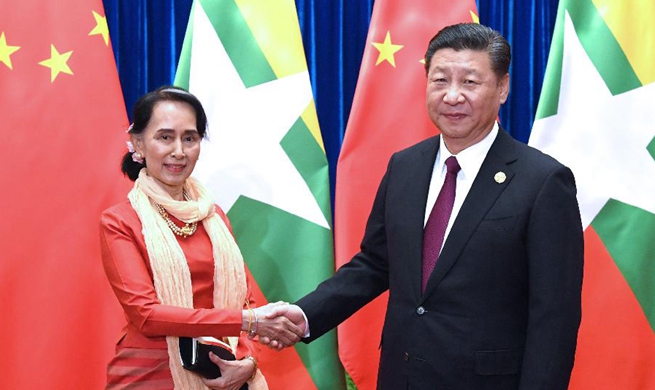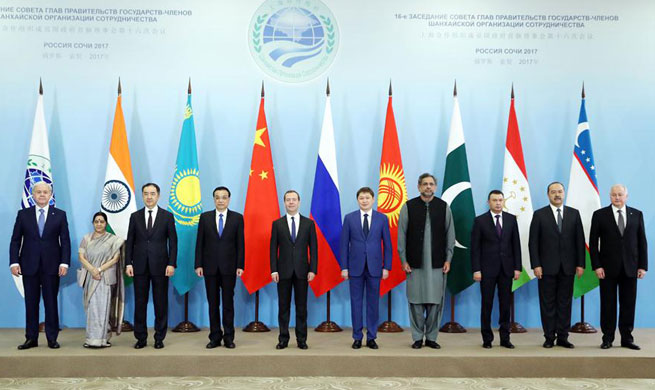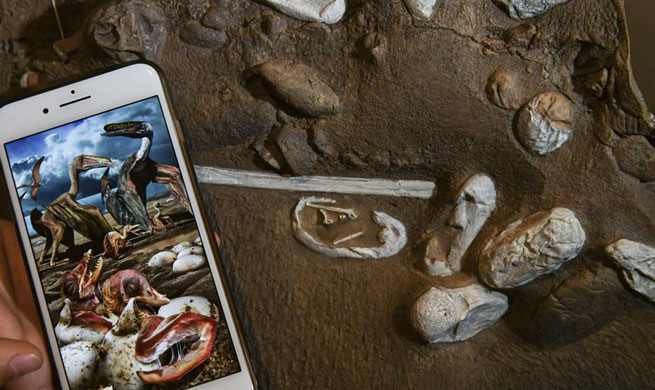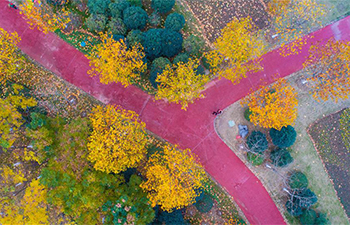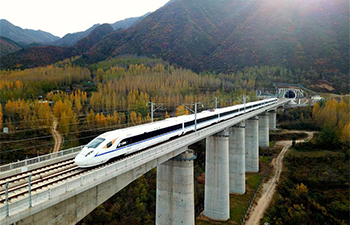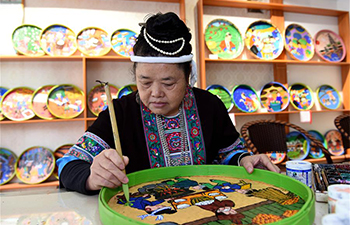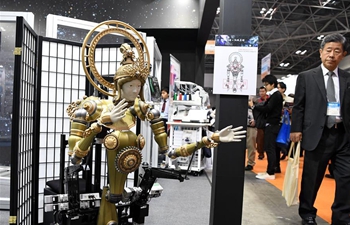by Peter Mertz
DENVER, the United States, Dec. 1 (Xinhua) -- With China's national day of mourning for the Rape of Nanking (Nanjing Massacre) just two weeks away, John Yee, a Flying Tigers veteran, remembers when they posted pictures of mutilated and decapitated Chinese babies on giant placards in downtown Kunming.
It was 1937 and a few days before Christmas. Yee was 17 years old. He was in southwest China's biggest city of Kunming at the time, handpicked as one of 30 translators to work with the Flying Tigers there.
Even in black and white, the pictures, just sent from Nanking - of mangled, bloody corpses, young and old - were so graphic and disturbing they cast a pall over the large, western Chinese city.
"People were stunned, people were quiet, and they went into a deep mourning, as though the end was near," said Yee, who was raised by English missionaries in Southwest China.
Some 2,160 kilometers northeast of Kunming, George Fitch, a Presbyterian minister, was documenting the carnage that claimed 300,000 Chinese lives over the next few weeks.
"It is a story of such crime and horror as to be almost unbelievable," Fitch published in the Manchester Guardian in 1937.
"The story of the depredations of a horde of degraded criminals of incredible bestiality, who have been and now are, working their will, unrestrained, on a peaceful, kindly, law-abiding people," Fitch wrote from Nanking on Dec. 24, 1937, about the Japanese invaders.
"It was the greatest single horror of World War II," Yee said of the Japanese campaign of mass genocide - to kill every Chinese person in the city.
"But what makes it even worse is the failure of the Japanese to ever own up to it," Yee said.
The Japanese not only committed the greatest atrocity of the 20th century, but as each day passes, are exposing themselves as the most arrogant people of the 21st century, Yee contends.
In an exclusive interview Thursday with Xinhua on his 97th birthday, the retired Denver history professor said that Japan's decades-long denial and lack of an official apology questions even the core of Japanese heritage.
"We're still holding our breath," Yee shook his head. "It's honestly a surprise that people with such intelligence could continue to behave to selfishly and stupidly as to not see the value of a simple apology," he said.
A member of the legendary World War II Flying Tigers, Yee came to America in 1944 and later became the first teacher in America's West to create and teach classes in Chinese history.
The decorated WWII veteran noted that Germany has apologized for its unfathomable crimes murdering six million Jews in the Great War, but no such open humility or atonement has come from the north Pacific island nation.
In 1941, Yee, 20, joined an elite group of American flyers sent to Southwest China where the Japanese, flying from Vietnam, were bombing defenseless Kunming each day and night, killing thousands of innocent people.
Yee served under the command of Gen. Claire Lee Chennault, considered one of the top military strategists in U.S. history.
As a translator in the control room each day with "Old Leather Face," Yee saw a small force of 100 antiquated American P-40 airplanes stop the relentless Japanese bombings for once and for all.
"Just after Pearl Harbor the Americans struck back - over the skies of Kunming," Yee remembered with a smile. "The Japanese were in for a surprise that day - we shot down 13 of their planes to only one loss for us."
The Kunming newspaper said the Americans looked tigers flying in the sky, and the Flying Tiger legend was born. That day America had scored it first of many future victories against Imperial Japan.
"The people of my city had lived in constant terror," Yee remembered. "Every night the city was dark, and you could hear the moans, wailing and sobbing from family members or the wounded."
Yee contends that the extent of Japanese atrocities throughout the Pacific in WWII have been overlooked in Western teaching due to the emphasis on historical Europe, taught in American schools early on.
"They still don't teach much about Asian history - look at the ignorance about Nanking," Yee pointed out.
The Japanese Imperial Army invaded China July 7, 1937 by "making up a story about a missing soldier," and started killing Chinese soldiers at the Marco Polo Bridge near today's Beijing, Yee said.
Four months later, after encountering unexpected stiff resistance in Shanghai, a Japanese army of close to 1 million men descended on Nanking, China's capital city at that time, with a vengeance. The carnage began Dec. 13, 1937, Yee said.
General Iwane Matsui "gave his troops a 2-week vacation," according to Yee, with orders to rape, pillage and leave none alive.
Japanese troops then engaged in a door-to-door, house to house brutal massacre of the families inside, raping young girls, forcing fathers to rape daughters and cutting live fetuses from women's bodies, according to HistoryPlace.com.
"The Japanese soldiers would throw babies into the air and bayonet them coming down," Yee said.
Second Lieutenants Toshiaki Mukai and Tsuyoshi Noda became Japanese celebrities for their contest to behead 100 Chinese citizens using a sword, Yee recalled.
The two Imperial officers had their gangs grab screaming and defenseless elderly and young Chinese people by the hair and feet, and hack off their heads, that they then regarded as trophies, according to Yee.
Neither Japanese lieutenant got justice at the 1946 Nanjing War Crimes Tribunal, but Matsui was one of the few Japanese generals found guilty and executed for war crimes, Yee noted.
The Rape of Nanking started by Japanese troops taking truckloads of unarmed Chinese soldiers - close to 100,000 men who had surrendered - to the outskirts of the city where they were used for bayonet practice, machine-gunned, and burned in massive grave pits.
Then the Imperial soldiers turned to the city to commit crimes against women, children, and the elderly never before seen on Earth.
As the onslaught began, American missionary Fitch collaborated quickly with downtown businesses, and using Red Cross flags, successfully cordoned off an area the size of New York's Central Park.
Called an "International Safety Zone," about 200,000 Chinese huddled in trembling, uncertain fear while screams of butchering filled their ears for days and nights.
Fifty years later, in 1997, Yee met Iris Shun-Ru Chang, an American journalist who was in Denver just after writing the best-selling book, The Rape of Nanking.
"Every time I think of her I get sick to my stomach," Yee told Xinhua.
The nightmare of exposing the Japanese atrocities was too much for the Johns Hopkins-educated Chang, 36, who had birthed a baby boy just two years before.
"Her mind was sick...so filled with the horrors, the terrible horrors of the Japanese killings, that she got in her car," Yee said, bowing his head.
"She drove off somewhere, stuck a gun in her mouth, and shot herself," he said of Chang's suicide in 2004.





